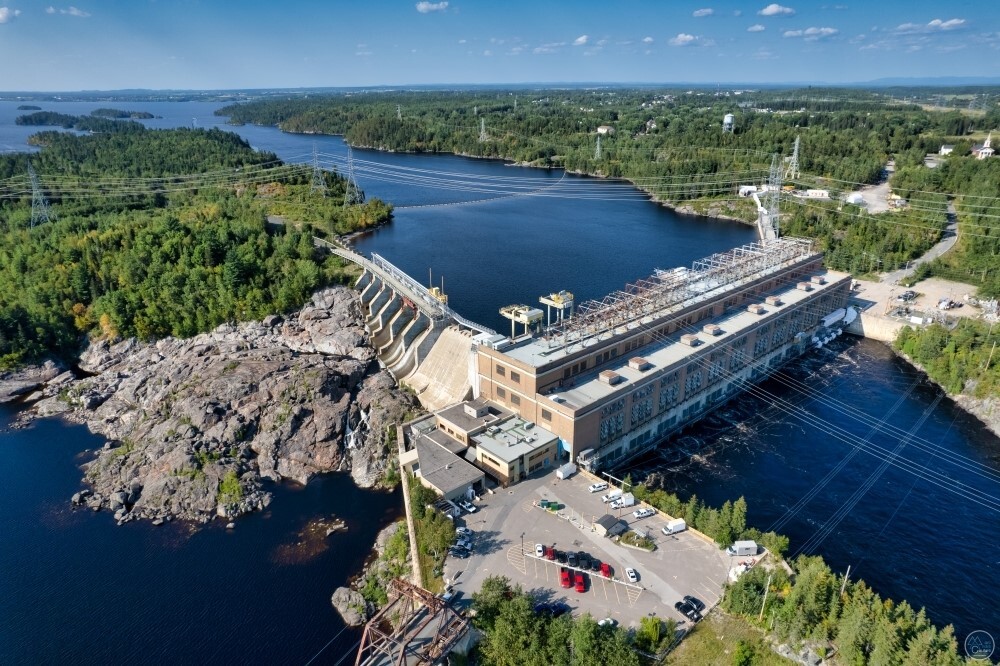

Rio Tinto is reportedly investing USD 1.2 billion to modernise its Isle-Maligne hydroelectric power plant in Alma, Quebec. The plant, commissioned in 1926, is being upgraded to support low-carbon aluminium production in Saguenay–Lac-Saint-Jean. The project began in May 2025 and will run until 2032, ensuring a safer and more reliable renewable energy supply to key facilities.

Image credit: Rio Tinto
This marks Rio Tinto’s largest single investment in its hydro assets since the 1950s. The modernisation will help protect long-term operations and maintain the jobs of employees across the region. The upgrade will also ensure more efficient and sustainable energy supply for smelters, casting houses and other facilities.
Aluminium production at Rio Tinto depends on clean and consistent hydropower. The Isle-Maligne upgrade includes replacing eight turbine-alternator groups, rehabilitating water intakes, building a new workshop and upgrading electrical and mechanical equipment. A spillway will also be modified for reliable winter operations.
More than 300 people are expected to work on-site at the peak of construction. The investment underscores Rio Tinto’s commitment to maintaining a low-carbon production model in Quebec and beyond. The company operates seven other hydroelectric stations in Quebec and British Columbia.
Sébastien Ross, Managing Director of Rio Tinto Aluminium’s Atlantic Operations, emphasised the historical and strategic value of the Isle-Maligne facility. “The Isle-Maligne hydroelectric power plant has been a strategic asset for Rio Tinto for 100 years, drawing on the expertise and dedication of multiple generations of employees and business partners,” he said. “This major investment to modernise our facilities will ensure the long-term future and competitiveness of our low-carbon aluminium production in Quebec for decades to come for our Canadian and American customers.”
This investment builds upon previous commitments at the Isle-Maligne site. In 2021, Rio Tinto announced a further C$92 million (USD 67.16 million) to enhance reliability and efficiency at the same power station. This included replacing one turbine-alternator group and conducting major maintenance on another, alongside integrating advanced instrumentation and information systems.
According to Rio Tinto’s Quebec Managing Director, Sébastien Ross, the 2021 upgrade project represented a major regional investment to maintain sustainable aluminium operations. It was expected to generate CA$ 75 million (USD 54.75 million) in economic activity and involve over 100 workers during peak activity. GE Renewable Energy was engaged to deliver engineering, fabrication and installation for the replacement unit.
The 2021 investment followed a separate CA$160 million ( US$116.8 million) project in 2020 to replace valves at the station. Together, these efforts demonstrate Rio Tinto’s multi-year commitment to sustaining and improving its clean energy infrastructure in Quebec.
Rio Tinto remains one of Canada’s largest private producers of hydroelectricity. Its renewable energy advantage enables the company to offer some of the lowest-carbon aluminium in the world. An eighth station in Sept-Îles supplies power to Rio Tinto IOC’s port operations, completing the group’s integrated, low-carbon energy model in the country.
Responses








